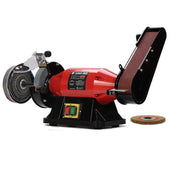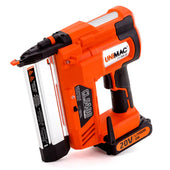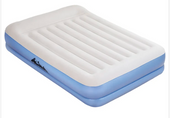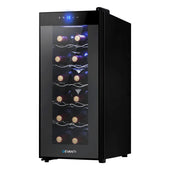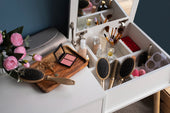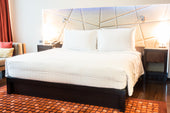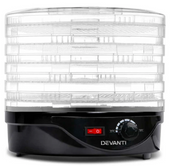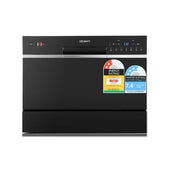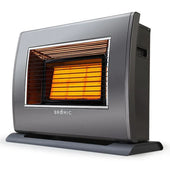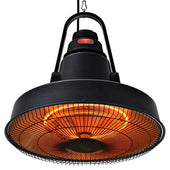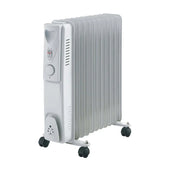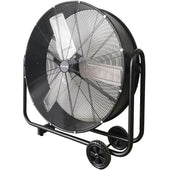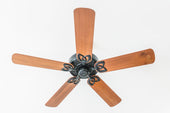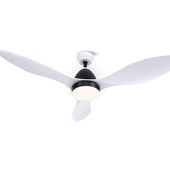Understanding the Importance of Cohesion in Kitchen and Dining Spaces
Cohesion plays a critical role in creating inviting and harmonious kitchen and dining areas. When furniture styles, colours, and materials complement each other, it enhances the overall aesthetic appeal of these spaces. Coordinated elements allow the rooms to flow seamlessly, providing a balanced look that avoids visual chaos.
By establishing a unified theme, whether contemporary, farmhouse, or industrial, residents can ensure that each piece fits the overall design narrative. Attention to textures, finishes, and tones helps bridge the gap between functional components like bar stools, dining chairs, and During Days, surrounding décor. Achieving cohesion fosters an environment that feels curated, comfortable, and timeless.
Choosing a Unifying Style for Chairs and Bar Stools
Selecting a cohesive style for chairs and bar stools is essential to creating a harmonious and visually appealing kitchen or dining space. Focus on complementary designs by aligning key elements like material, colour, and shape.
- Material: Opt for consistent materials, such as wood, metal, or upholstered finishes, to establish a unified aesthetic. Matching textures also adds depth.
- Colour Palette: Stick to a uniform colour scheme or blend contrasting tones that work harmoniously, ensuring a balanced look.
- Design and Shape: Choose pieces with similar design features, like curved backs or clean lines, to promote a seamless feel.
Adding subtle accents, such as similar trims or cushion patterns, ensures cohesiveness without monotony. These factors combined help create visual unity effortlessly.
Considering Colour Coordination Across Seating Options
Colour coordination plays a pivotal role in achieving a cohesive and visually appealing space. When matching kitchen and dining chairs with bar stools, one should pay attention to the colour palette of the room. Complementary colours, such as blue and orange or yellow and purple, create contrast, adding vibrancy to the design. Alternatively, analogous hues, like shades of green or blue, offer a softer, harmonious aesthetic.
To ensure a unified look:
- Select seating in colours that complement the backsplash or countertops.
- Use neutral tones for a timeless appeal.
- Introduce subtle accents with cushions or upholstery for added depth.
Balancing light and dark tones across seating ensures visual balance and fluidity throughout the room.
Material Choices: Matching or Mixing for a Balanced Look
Selecting materials for kitchen and dining chairs and bar stools involves careful consideration to achieve a cohesive or eclectic design. Matching materials can create a harmonious, unified appearance, especially in open-plan spaces. For instance, pairing wooden chairs with matching wooden bar stools evokes warmth and continuity.
Alternatively, mixing materials offers stylish contrast. Combining a metal-framed bar stool with upholstered dining chairs introduces texture diversity. To ensure balance, coordinate finishes or tones, such as matching a matte black frame to black chair legs.
When mixing, maintain one unifying element—such as colour, pattern, or style—to prevent visual discord while achieving a polished aesthetic.
Focus on Design and Silhouette Harmony
Maintaining harmony between the design and silhouettes of chairs and stools is crucial for a cohesive look. Chairs and stools should complement each other in either overall shape or key design details. For a modern space, selecting sleek, minimalist options with consistent lines ensures a cohesive visual impact. Likewise, rustic styles benefit from pieces featuring distressed finishes or unique textures.
Consider the height and proportions too. Bar stools with low-profile backs can balance well with dining chairs that incorporate clean, streamlined edges. Similarly, bold statement pieces, such as scoop-backed stools, should pair with subtler dining chairs to avoid overwhelming the space. Prioritising proportional balance fosters unity.
Incorporating Patterns and Textures for Visual Interest
Adding patterns and textures to kitchen and dining chairs, as well as bar stools, enhances depth and visual appeal. A textured fabric on dining chairs, such as linen or tweed, pairs beautifully with wooden bar stools featuring visible wood grain. Combining elements like leather seating with metallic stool frames creates an eye-catching modern contrast.
Consider using patterned upholstery for chairs or stools to introduce subtle geometric shapes or florals. For a cohesive look, ensure the patterns share complementary colours with the room’s palette.
Mixing textures like rattan, velvet, or distressed wood helps achieve balance while breaking monotony, creating a more dynamic, inviting space.
Adjusting Heights and Proportions for Functional Comfort
Matching kitchen and dining chairs with bar stools requires an understanding of height ratios and ergonomic proportions. Bar stools are typically taller than kitchen chairs, with seat heights ranging from 74–81 cm for standard bar heights and 61–66 cm for counter heights. Kitchen chairs commonly measure 43–46 cm in seat height.
To ensure functional comfort, balance the seat heights with the table or counter heights. Allow at least 25–30 cm of clearance between stool or chair seats and the surface above. Consider the width and seat depth; stools should align visually and leave ample legroom for ease of use, creating harmony and functionality in shared spaces.
Exploring Unique Ways to Blend Traditional and Modern Elements
Successfully blending traditional and modern elements in kitchen and dining spaces requires thoughtful integration of design features. Consider pairing sleek, contemporary bar stools with wooden dining chairs that showcase classic carvings or timeless silhouettes. This contrast creates visual intrigue while maintaining balance.
Choose a unifying feature, such as a shared colour palette or complementary textures. For instance, pairing upholstered dining chairs with leather bar stools can harmonise a rustic and modern aesthetic.
Incorporate materials like reclaimed wood or metal to establish a cross-century charm. Additionally, focus on lighting that bridges both styles, such as pendant lights with vintage yet minimalist designs. Each detail counts.
Making Use of Accessories to Tie Seating Together
Utilising accessories is an effective way to harmonise kitchen and dining chairs with bar stools, especially if their styles or colours differ slightly. Incorporating matching cushions or seat pads can immediately create visual cohesion. Throws draped over chairs or stools with similar tones or patterns further unify the space.
Consider using a cohesive colour palette in placemats, table runners, or even napkins to echo the tones of your seating. Area rugs placed strategically under dining tables or kitchen islands can ground the space, helping to visually link the furniture. Introducing accent decor like vases, centrepieces, or wall art in matching hues can offer an additional layer of unity.
Practical Tips for Sourcing Chairs and Bar Stools That Complement Each Other
- Define the style: Choose a design theme that aligns with the overall aesthetic of the kitchen and dining space, such as rustic, modern, or industrial.
- Pick complementary materials: Match textures and finishes like wood, metal, or upholstered surfaces for cohesion without making them identical.
- Ensure proportion: Select chairs and bar stools with similar shapes, heights, and visual weights to maintain balance across the room.
- Focus on colour harmony: Use complementary or analogous colour palettes, uniting pieces through shared tones or contrast accents.
- Test comfort and function: Prioritise ergonomics and practicality, ensuring both seating options fit the space and feel comfortable to use.


